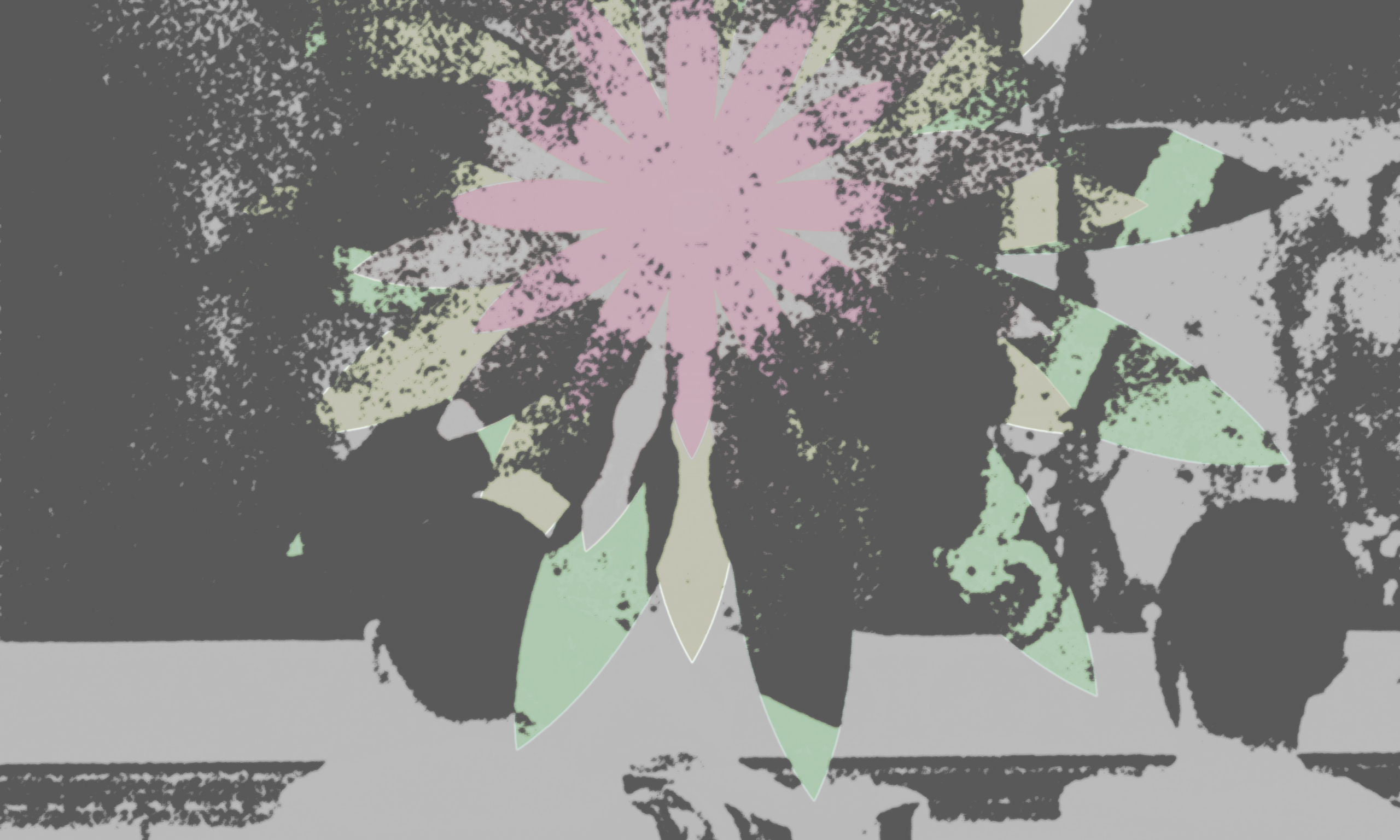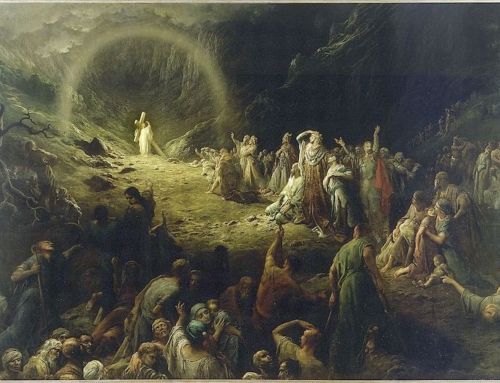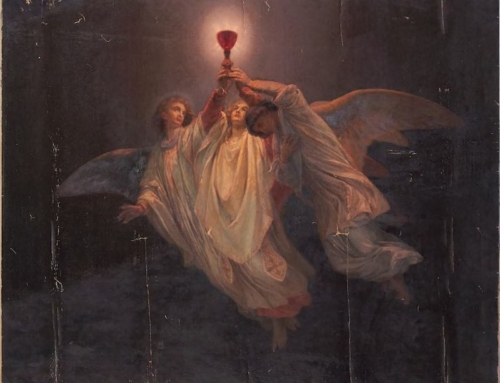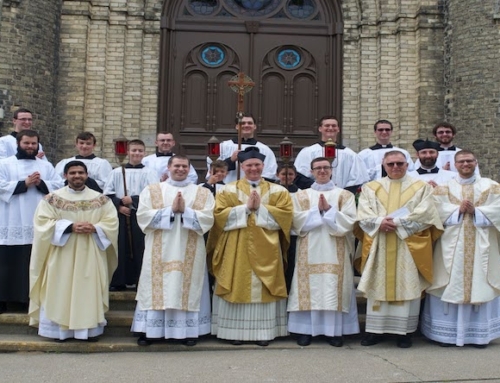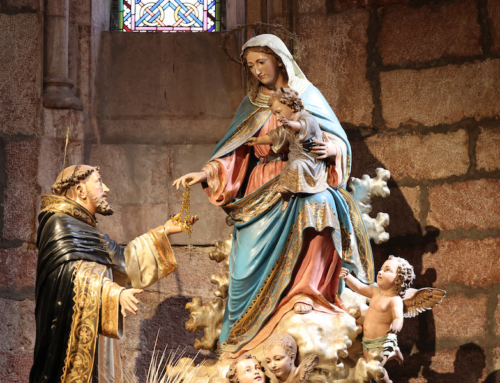Editor’s Note: This piece is written in the form of a research article, from the perspective of alien creatures who are studying the behaviors and religious customs of human beings.
Dwelling With the Presence of the Bread
Abstract:
Our team has discovered a new behavior that may upset our previous assumptions about the social practices of the newly discovered species Homo sapiens. Subjects were observed to dwell in the presence of a highly adorned display of the bread-object. This subverts some of the previously hypothesized models of the man-creatures celebrating the act of nourishment as common social bonding. Instead, we propose that there is something unique about the bread-object. This is evidenced by a behavior that involves attention to its presence, rather than gustabular faculties.
Background: As established in our previous paper Communal Eating Practices Among Man-Creatures, the subjects organize their days around meal-events. In particular, one of these meal-events is punctuated by a highly elaborate and ceremonial sequence of behaviors and vocalizations. Because of the nature of this event it was assumed to be some kind of symbolic action, rather than one that intends to nourish. This led to the hypothesis that the man-creatures were partaking in a symbolic social activity.
Findings: Our team discovered that the subjects sometimes congregate and merely dwell in the presence of the bread-object. There are a number of practices that are consistently seen during this so-called Dwelling. 1. The bread-object is carefully adorned and displayed. 2. The subjects sit or kneel nearby the bread-object. 3. The bread-object is elevated and then removed.
- Whereas in the communal-eating, the bread-object is ultimately consumed, during the Dwelling it is merely viewed. The bread-object is contained in a highly ornate stand containing a small glass window through which the bread-object can be seen by all subjects in attendance. Both the stand and the window, as well as the positioning of the subjects, suggest that the faculty of sight is highly desirable in this practice. Gold is a limited resource for the man-creatures and it is reserved for special occasions.
- During the Dwelling, each of the subjects choose a location where it can see the bread-object. This is true even when the subjects were seen to have fallen dormant. As with the communal-eating practice, a great deal of the subjects spend time kneeling during the Dwelling. Unlike the communal-eating, there is a great diversity of behaviors, although they might all be classified as docile. Some subjects merely view the bread-object. Some were observed to bring forms of a written language. One observer noted that a subject was seen to be speaking, but without audible sound.
- The bread-object is removed by a ceremony involving some of the aspects of the communal-eating. The redolent compounds, alpha presidence, and tonal vocalizations are all present. The alpha lifts the bread-object, stand and all, for better viewing. He then moves it in a t-shaped pattern to ensure that all can see the bread-object before returning it to the stone support. The subjects acknowledge seeing the bread-object with a gesture imitating the t-shape. After another tonal vocalization, the alpha leader retrieves the bread-object and returns it to storage. Thus, the Dwelling ends.
Conclusions: The fixation of the subjects on the bread-object outside of a meal indicates something very unique about the object itself. No other food-objects are treated this way in man-creatures or in any other cataloged species. It is admitted that some creatures will “play” with their food for development or due to over-nourishment, but none have been seen to dwell with food in the way observed.
The emphasis on sight is also an important feature. As was seen during the communal-eating, the lifting of the bread-object is a special moment accompanied by redolent compounds. We suspect that these moments of elevation are connected to the importance of the subjects’ seeing the bread-object. The man-creatures are a very visual species and they are attracted to visual stimulation.
It is our hypothesis that the previous conclusions regarding communal-eating are incorrect, or at least need to be refined. If the practice were a symbolic celebration of food in general (as suggested), there should be no reason for a behavior like the Dwelling. The Dwelling places its entire focus on the bread-object, seeing it, remaining with it, lifting it, etc. In the communal-eating, the bread-object was central, but there was greater emphasis on its consumption and communal sharing. The structure of the Dwelling has little resemblance to any kind of meal. Although all beheld it, each behaved uniquely during the Dwelling.
Further Research: The relationship between the bread-object and the communal-eating celebration is clearly one of unique importance. The bread-object is treated differently than any other food. Further observations are necessary to distinguish the bread-object from other like-matter.
✠
Image: Br. Zachary Sexton, O.P., The Bread-Object (original image)

